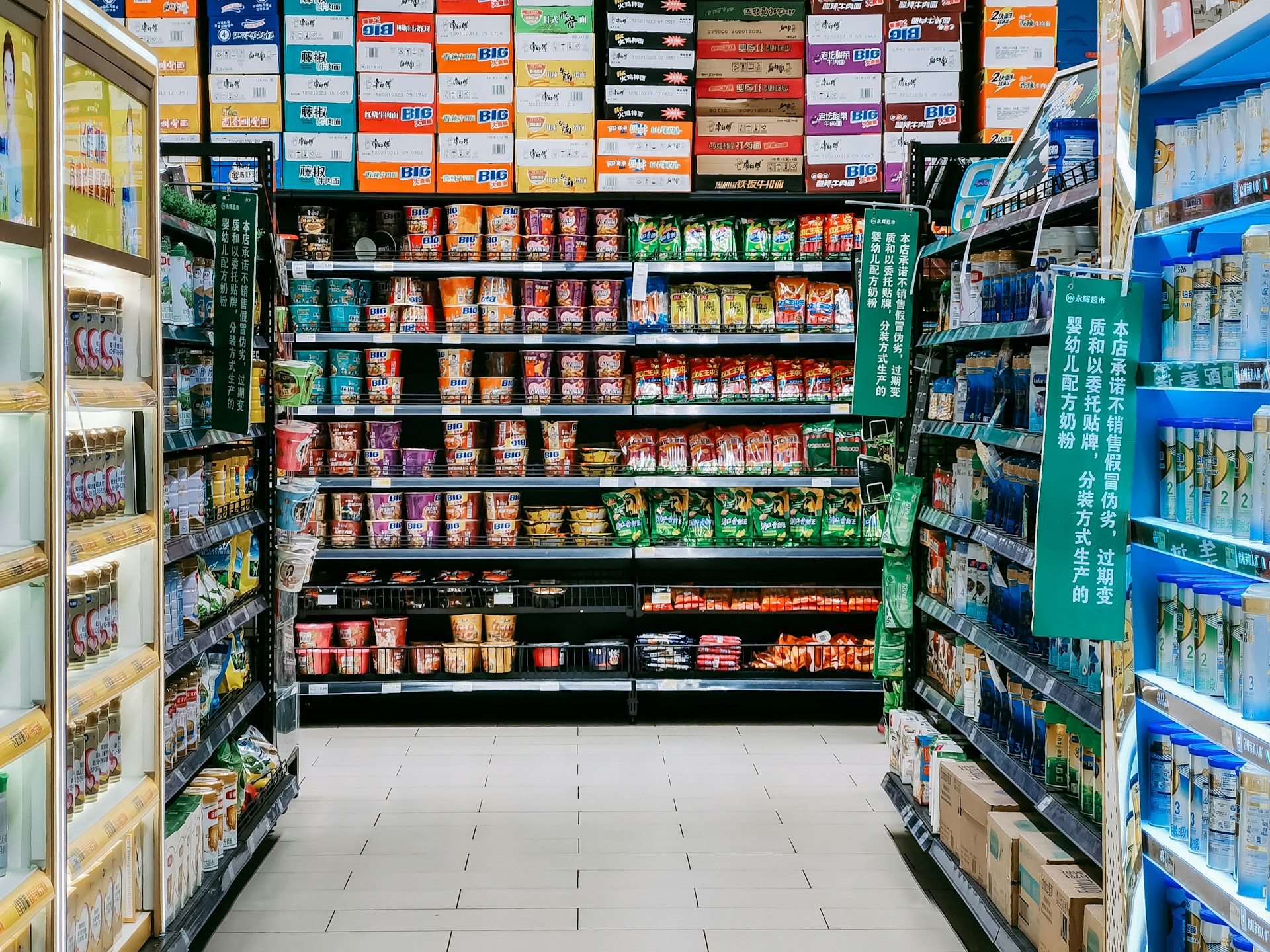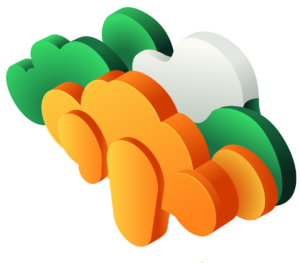In the high-stakes world of grocery retail, ensuring food safety is paramount. One of the critical factors in safeguarding food quality and preventing the risks associated with foodborne illnesses is maintaining proper temperature control throughout the supply chain. Real-time temperature monitoring plays a pivotal role in this process, offering grocery stores the ability to continuously oversee and manage the temperature conditions critical to food preservation.
Qualified Controls provides a next-generation real-time monitoring suite that can record and manage every essential physical parameter, including temperature, giving grocery store operators peace of mind. This article explores how implementing such advanced technologies can help eliminate the risk of foodborne illnesses, ensuring that all consumables remain fresh and safe for customers, thus protecting both public health and the store’s reputation.
Understanding the Importance of Temperature Control in Food Safety
Temperature control is a fundamental aspect of food safety management in grocery stores. The danger zone for most perishable food items is between 40°F and 140°F, where bacteria can grow rapidly, increasing the risk of foodborne illnesses. Effective temperature monitoring ensures that foods such as dairy products, meats, seafood, and prepared salads are stored, displayed, and transported within safe temperature ranges, thus minimizing microbial growth and toxin production.
Real-time temperature monitoring provides instant data, allowing store managers to react quickly to any deviations that could compromise food safety. Systems like those offered by Qualified Controls leverage advanced sensors and software to send alerts when temperatures begin to reach unsafe levels, enabling immediate corrective actions such as adjusting refrigerator settings or removing affected items from shelves.
Key Components of Real-Time Temperature Monitoring Systems
Modern real-time temperature monitoring systems consist of several key components that work together to provide comprehensive coverage and ensure constant vigilance over perishable goods:
1. Sensors and Probes: These devices are placed in strategic locations throughout the store, including storage areas, display cases, and transportation vehicles. They continuously measure the temperature of the air and surfaces in contact with food products.
2. Data Loggers and Transmitters: Sensors connect to data loggers, which record temperature over time. This data is transmitted wirelessly to a central monitoring system, allowing for real-time tracking and historical analysis.
3. Central Monitoring Software: This software collects data from across all sensors, providing a dashboard view that managers and employees can monitor. The software can also integrate predictive analytics to forecast potential risk areas before they pose a real threat to food safety.
4. Alert Systems: Notifications and alarms are integral to these systems, informing staff immediately when temperatures fall outside of set thresholds. This rapid response capability is crucial in preventing spoilage and ensuring quick action to maintain safety standards.
Strategic Implementation of Temperature Monitoring in Grocery Stores
The successful implementation of temperature monitoring systems involves strategic planning and consideration of the specific needs of each store. Here are several crucial steps involved:
1. Assessment of Needs: Each grocery store has unique needs based on its layout, size, type of products sold, and existing safety protocols. A thorough assessment helps identify critical points where monitoring should be concentrated.
2. Customized System Design: Based on the assessment, a system is designed that addresses all areas of concern. This might mean using different types of sensors for different areas or products or setting different temperature thresholds for different sections of the store.
3. Professional Installation: Proper installation of sensors and equipment is crucial for accurate data collection. Sensors must be placed away from direct heat sources or cold drafts that could distort readings and lead to false alarms or overlooked issues.
4. Training and Protocols: Staff should be trained not only on how to read and respond to the monitoring system but also on manual checks and safety protocols. This ensures a competent response even if there should be a technological failure.
Leveraging Data to Advance Food Safety Practices
The data collected by real-time temperature monitoring systems is a valuable resource that can be used to refine and enhance food safety practices continuously. The insights gained from ongoing monitoring allow managers to:
1. Analyze Trends: Long-term data collection helps identify trends such as specific times of the day or year when temperature control issues tend to arise. This can inform adjustments in equipment use or staffing.
2. Improve Resource Allocation: Understanding temperature dynamics within the store can help optimize the placement of products and redesign the layout for more efficient temperature management.
3. Enhance Preventative Maintenance: Regular data analysis can highlight potential issues in refrigeration units or HVAC systems before they fail completely, allowing for preventative maintenance that minimizes risks and costs.
4. Document Compliance: In many jurisdictions, grocery stores must adhere to strict regulations regarding food storage temperatures. System-generated reports serve as documentation for compliance with these regulations, which can be critical during inspections or audits.
The implementation of real-time temperature monitoring systems in grocery stores not only promotes food safety but also enhances operational efficiency, reduces waste, and improves customer satisfaction by ensuring the quality and safety of products. As grocery stores continue to face challenges related to food safety and regulatory compliance, the use of these advanced technologies provided by companies like Qualified Controls becomes increasingly indispensable in maintaining high standards and safeguarding public health.
Secure Your Store’s Future with Advanced Monitoring Technology
In an era where food safety cannot be compromised, implementing a real-time temperature monitoring system from Qualified Controls is more than an upgrade—it’s a necessity for any forward-thinking grocery store. With precision sensors, robust data analysis tools, food temperature monitoring, and user-friendly interfaces, our solutions empower you to master food safety practices, exceed regulatory requirements, and build trust with your customers. Take a proactive step towards eliminating foodborne illness risks by embracing the reliability and innovation of Qualified Controls.
Visit our website today to start revolutionizing your grocery store’s food safety protocols. Don’t wait for a food safety crisis to occur; ensure peace of mind and protection for your customers and your brand with Qualified Controls.



